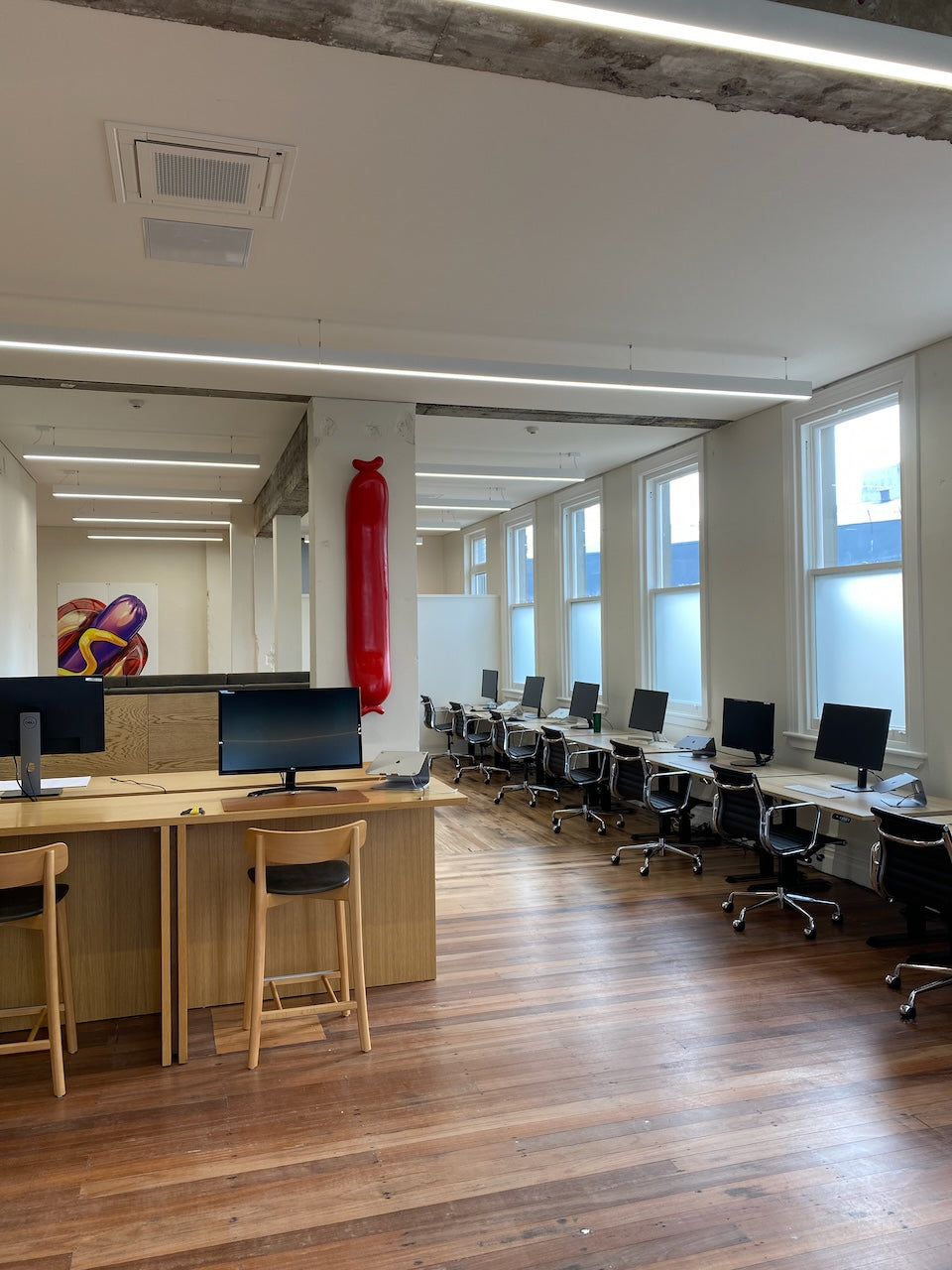Costly Customisations
One of the biggest limitations of custom eCommerce platforms is that all customisations are either the responsibility of your developers (internal or external).
This means that if you want to make any changes to your online experience, you have to go through your development team, which can be a time-consuming and frustrating process. Given the rapid change of technology, and consumer's expectations, speed to market can be critical for growth, and delays can be costly.
In contrast, Shopify offers unparalleled flexibility when it comes to customisation. With Shopify, businesses can work with their agency's designers and developers, or better yet your own in-house team, to create your own customisations and add-ons without needing to go through the platform owner, Shopify.







